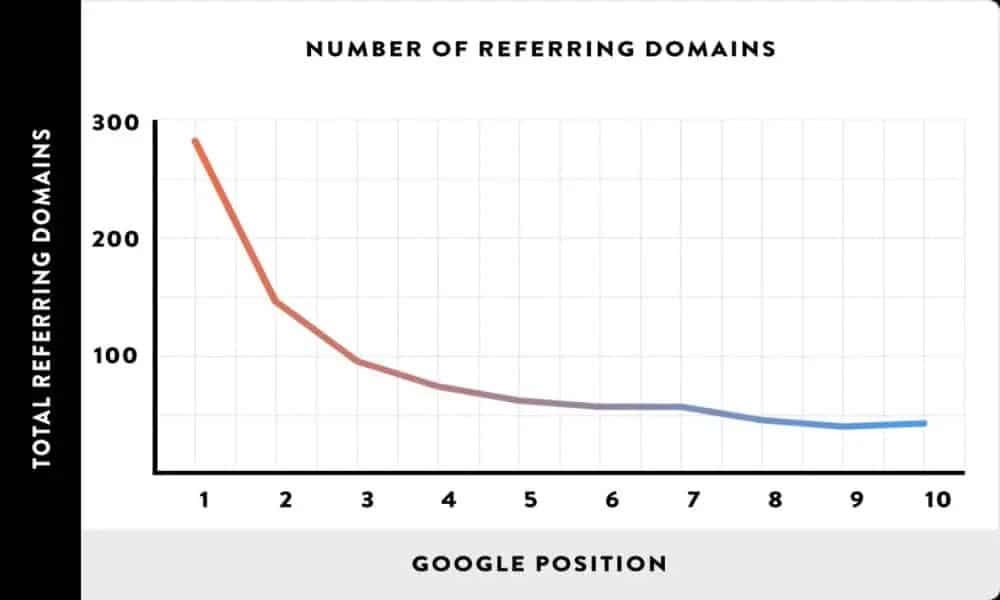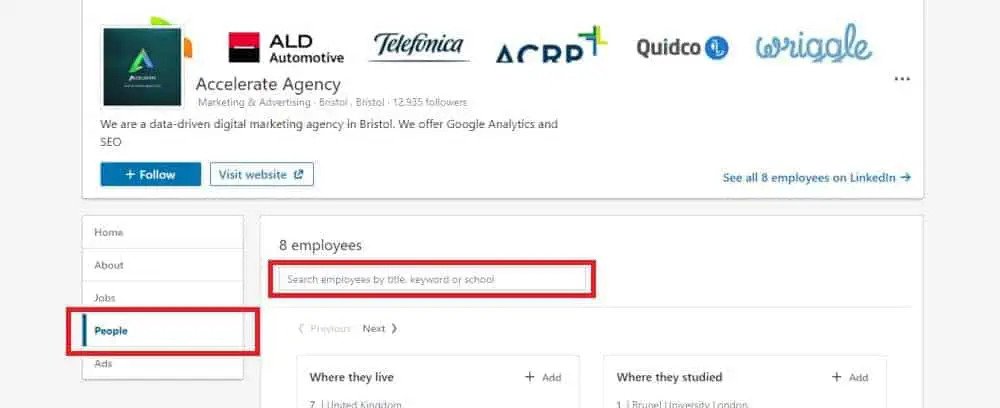How to Get Your SaaS Site to 10,000 Visitors a Month
Building brand authority and getting more traffic are both crucial. They can be the difference between success and failure for any SaaS business. Anything which can help you do both is an absolute godsend. Guest posting is a prime example.
By sharing insights on high authority blogs in your niche, you can do your business a world of good. You’ll start to establish yourself as an expert in your field. You’ll also get some tasty backlinks and a nice bump in referral traffic.
Those benefits only come if you know how to guest blog the right way. Spamming any and every site with low-quality posts does more harm than good. You need to learn how to get the right content featured in the right places. The following is a guide that will set you on the right path.
Book a Consultation
How to Choose What Sites to Guest Post On
Your first step towards learning how to guest blog is deciding where you want to post. This stage is crucial, as it can make or break the whole guest posting process. You need to find locations for your guest posts that are going to do you the most good. Those are the blogs or sites which can offer valuable backlinks. Alongside considerable referral traffic.
There are a few different ways to approach this. One of the best is to take a leaf out of your competitors’ books. If you’re doing your keyword research right, you’ll already know about competitor research. To aid your guest posting, you need to take things a step further.

Find one of your top competitors in your niche. Take their domain URL and pop it into the Ahrefs backlink checker. That will give you a full list of that site’s backlinks. You’ll be able to see every page which links to your competitor’s website. That includes any links they may have from blog posts. Just like that, you can identify where your top competitor is guest posting.
Just because your competitor’s guest posting with a particular blog, doesn’t mean you should. You need to take your list of potential guest blogging locations and check that each of them is worth your time. You can do that by looking at three characteristics of the blog in question.
First, you need to see that the blog or site gets enough traffic to be worth your time. Ahrefs can once again help you with this. What you’re ideally looking for is that the blog or site gets at least 5,000 visits per month from organic search. That way, you know that enough people will see a guest post to deliver some meaty referral traffic.
The next metric you need to consider is the Domain Authority (DA). DA is a score developed by Moz for predicting how well a site may rank on Google SERPs. It’s essential to know the DA of a website you may guest post to, as it suggests the value to your site of any backlinks you may get.
Google is only interested in links from high authority sites in your niche. DA scores range from 0-100. There are lots of free tools, including the MozBar, which you can use to find a site’s DA. If you find it to be less than 50, take it off your list of places to post to and move on to your next option.

The DA of a site covers the ‘high authority’ part for Google, but what about ‘in your niche’. That’s where Majestic’s Trust Flow comes in. This metric shows you the proximity of any page to a particular topic. It can tell you how relevant a site or blog is to your niche.
Head to Majestic and find the Trust Flow score for a prospective guest posting location. You should persevere with any location with a rating of 20+. Now that you’ve got your shortlist of sites to guest post on, you need to start thinking about what you’re going to post.
How to Come Up With Content Ideas
What you need first from any guest post is for it to be accepted by your chosen blog or site. That means coming up with an idea for content that that site is going to love. Your first step should be to dig deep into the material already live on the blog. See if you can find any related topics or subjects that aren’t well covered.
After that, take a look at some of the blog’s competitors. Find posts they have – which have done well – that your target blog hasn’t got a version of. An excellent way to find any blog’s most popular posts is by using BuzzSumo.

All you need to do is to pop the URL of a site or blog into the tool. It will then show you that domain’s most popular content. What you’re looking for are the best performing posts that your target blog hasn’t already got covered. They’re the posts that you can create a new and improved version of for them.
With content ideas in mind, you can then start thinking keywords. Use Keywords Everywhere to ID phrases related to the content ideas you’ve come up with. You’ll then be able to use metrics like volume and competition to choose the phrases to target in your content.
Where & How to Insert Your Keywords
You’re now nearly ready to start reaching out to the sites where you want to guest post. Before we get to that, it’s important to mention how to guest blog in a way that gets you the best results. The main benefit of guest posting is that it can get you valuable backlinks to some of your own site’s best content.
Backlinks from relevant, high authority sites make a huge difference. They can really help the SERP ranking of any piece of content. Plenty of research has shown a direct correlation. Including a major study by Backlinko, which got the following results:

When you write your guest posts, you want to include links back to your own content. Be careful not to go over the top, however. Most sites will be fine with you including one or two links to relevant content. Try to make sure that the anchor text for those links is helpful to your content.
Google uses anchor text from backlinks as another way to assess what pages are about. As much as possible, the keywords you want your content to rank for should be reflected by the anchor text you use. That way, it helps give Google an extra nudge as to the relevance of your content to that keyword.
Most blogs will also ask you to include a bio at the end of a guest post. You can feature a self-promoting link in that bio. It’s the only place where you can use one, so make the most of it. Ensure its anchor text is a real money phrase for the link destination.
How to Use LinkedIn to Connect With People
With target blogs found and content ideas developed, you’re ready and raring to go with your guest posts. The only trouble is, you don’t have the go-ahead to post to any blog other than your own. You need to start connecting with owners and decision-makers of the sites where you want to guest post.
Some of the biggest blogs have forms or pages on their site for submitting guest post pitches. In most cases, you’ll need to do the legwork yourself. One of the best ways of reaching the right people is by using LinkedIn. The professional social network is great for all kinds of professional outreach. Pitching guest posts to editors is no exception.

Your first step is to go to LinkedIn and search the name of the relevant company or site. Once you’ve found the company, head to the ‘People’ section of their profile. You can then search their employees by job title or another keyword.
Searching for ‘editor’, ‘writer’, ‘blog’ or something similar should reveal the person to whom you need to speak. Send them an invite to connect and then wait for them to respond.
How to Pitch to Editors
Assuming a blog’s editor does agree to connect with you on LinkedIn, you’re then ready to pitch. What you want to do is to get the editor’s attention without being too pushy. Send them a friendly but formal pitch message, in a similar style to the below:
Hi [Name],
I’m a big admirer of your blog. I’ve been reading and commenting on your posts for a while. [Example of where you’ve commented if you have]
I’m reaching out because I think I could contribute some really interesting guest posts.
From reading your current posts, I’ve noticed that there may be some topics I could cover for you. I think your other readers might find them interesting:
[Possible Title]
[Possible Title]
[Possible Title]
I’ve worked with other blogs in the past in a similar capacity, including [Example 1], [Example 2] and [Example 3]. It’d be great if you want to check out my posts there, to see the quality I can deliver.
Many thanks,
[Your Name]
That sort of template is perfect. It doesn’t take the editor too long to read but tells them everything they need to know. You’re showing them that you value their blog and that you have expertise to offer. You’ve also done lots of the guest posting work yourself, by already coming up with possible titles.
Guest Posting; Share the Love & Reap the Rewards
Follow all the advice outlined above, and you’ll have the perfect guest posting strategy. You know where to aim your guest posts and which locations to avoid. You can generate the ideal content ideas and know the best way to get editors to accept them.
That’s everything you need when it comes to how to guest blog correctly. All that’s left is to put in the work. You’ll be happy that you did when you start to see those all-important backlinks come in. Not to mention the improvements in ranking and site traffic that they’ll help to deliver.


